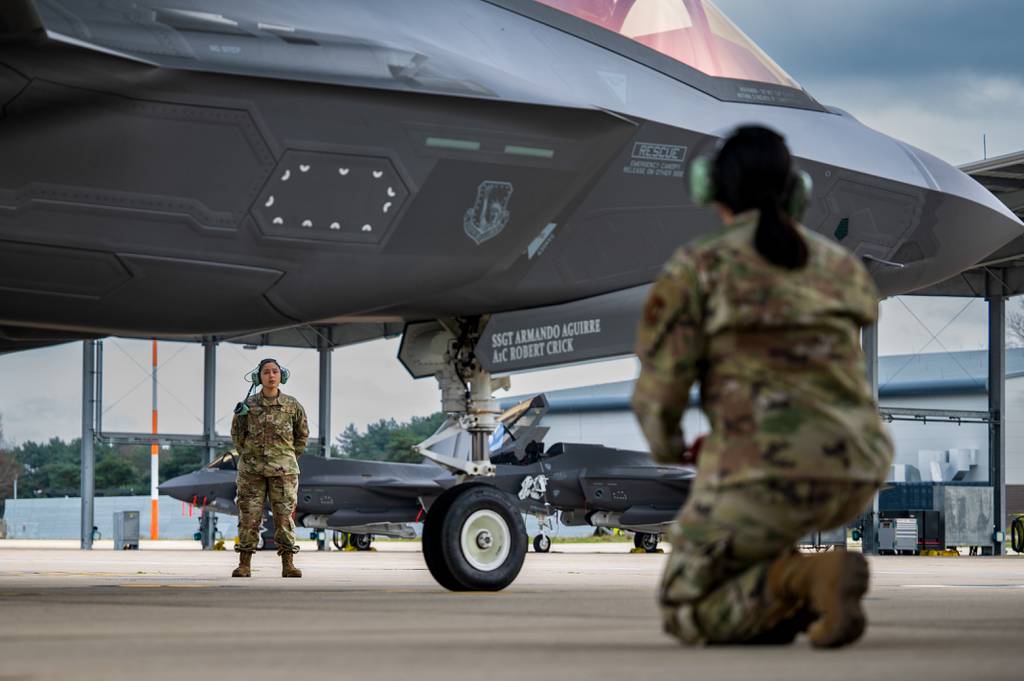GreenKnight121
Staff Sergeant
- 913
- Mar 16, 2014
I just ran across a neat article about a recent USMC exercise in SoCal involving an F-35B, a MV-22B, UH-1Ys, and a USN MH-60R: https://www.twz.com/sea/how-f-35s-deployed-to-a-narrow-highway-in-california
What tickled me was one particular comment in the article by VMX-1's Operational Test Director, Lt. Col. Robert 'Champ' Guyette... ""I'm really excited. One of the things I didn't anticipate coming to this job was how excited I would be to learn how to kill submarines. Marines just like killing everything, you know, I mean, it's what we do. And so the opportunity to kill something new is exciting. And so submarines are on the menu now for the Marine Corps."
One of the postings in the comments said "This might be just about the most Marine thing I have ever read. So this is why they gave space to the AF instead of the Navy... Can't trust the Marines not to initiate a hostile "first contact" when presented with the opportunity to put a new species on the menu.".

Here is where this exercise took place - look in the upper left of the area shot between the Provost Marshal's Office access and Vista Point , then note the area in the red box in the close-up:


What tickled me was one particular comment in the article by VMX-1's Operational Test Director, Lt. Col. Robert 'Champ' Guyette... ""I'm really excited. One of the things I didn't anticipate coming to this job was how excited I would be to learn how to kill submarines. Marines just like killing everything, you know, I mean, it's what we do. And so the opportunity to kill something new is exciting. And so submarines are on the menu now for the Marine Corps."
One of the postings in the comments said "This might be just about the most Marine thing I have ever read. So this is why they gave space to the AF instead of the Navy... Can't trust the Marines not to initiate a hostile "first contact" when presented with the opportunity to put a new species on the menu.".
Here is where this exercise took place - look in the upper left of the area shot between the Provost Marshal's Office access and Vista Point , then note the area in the red box in the close-up:
Last edited:





